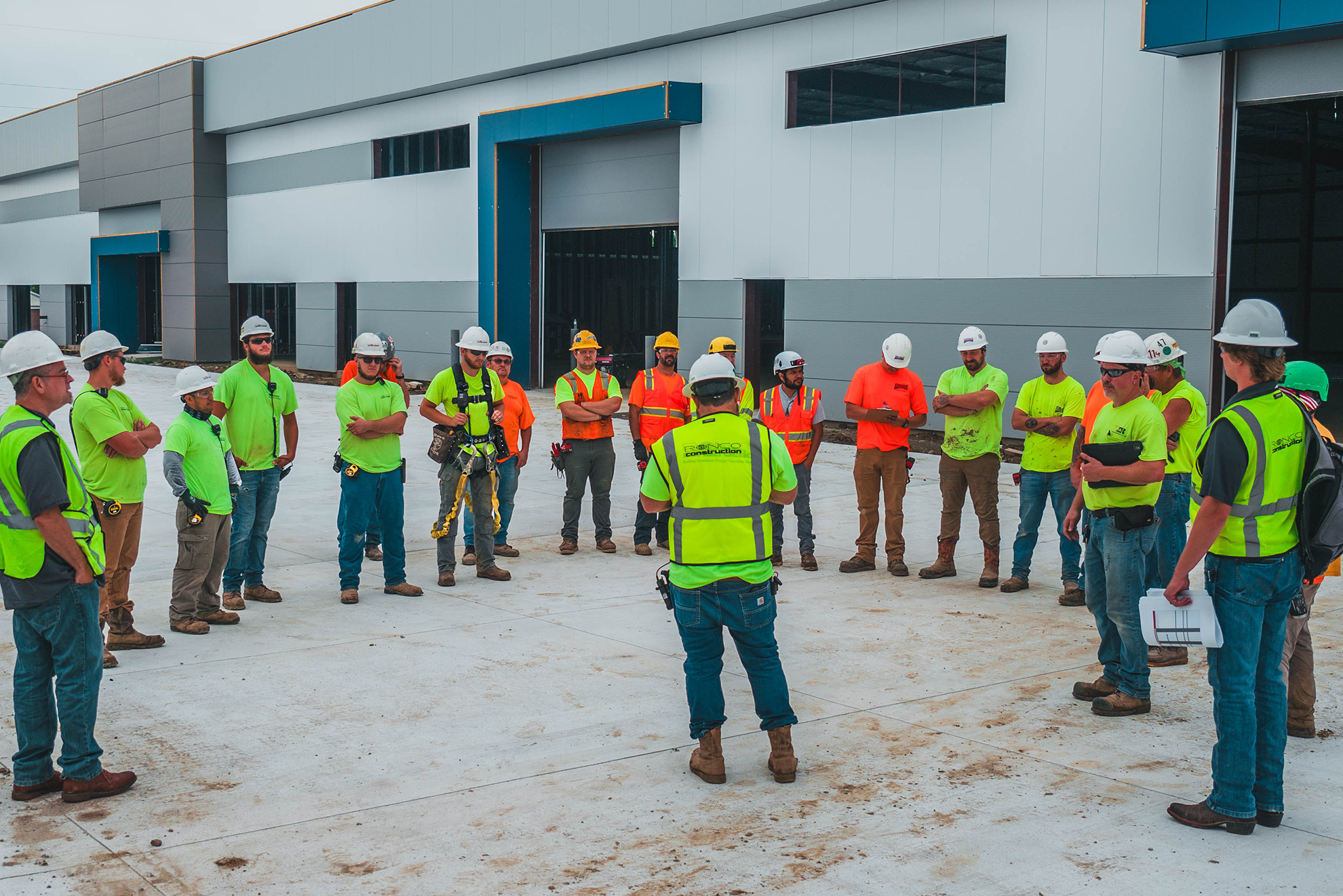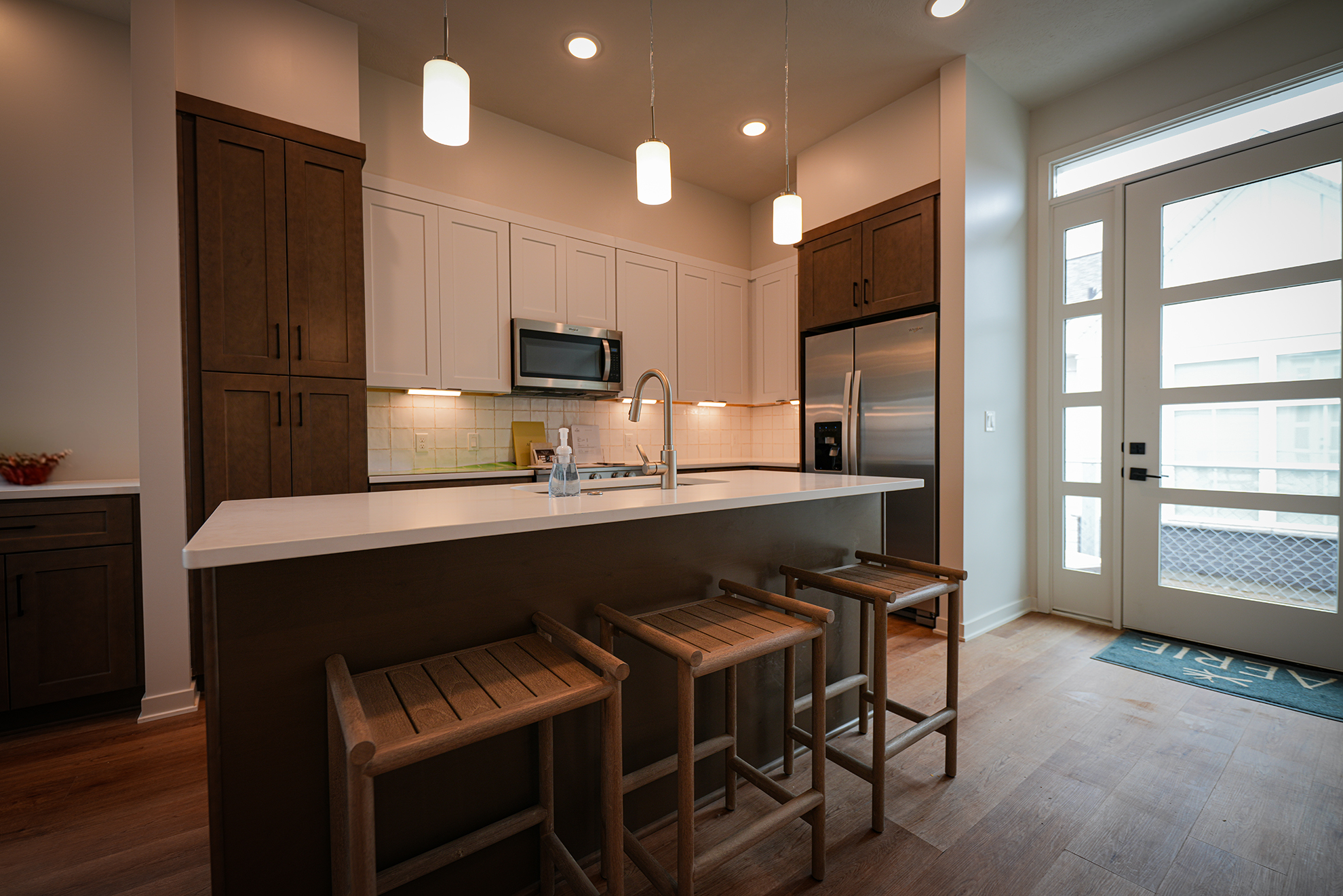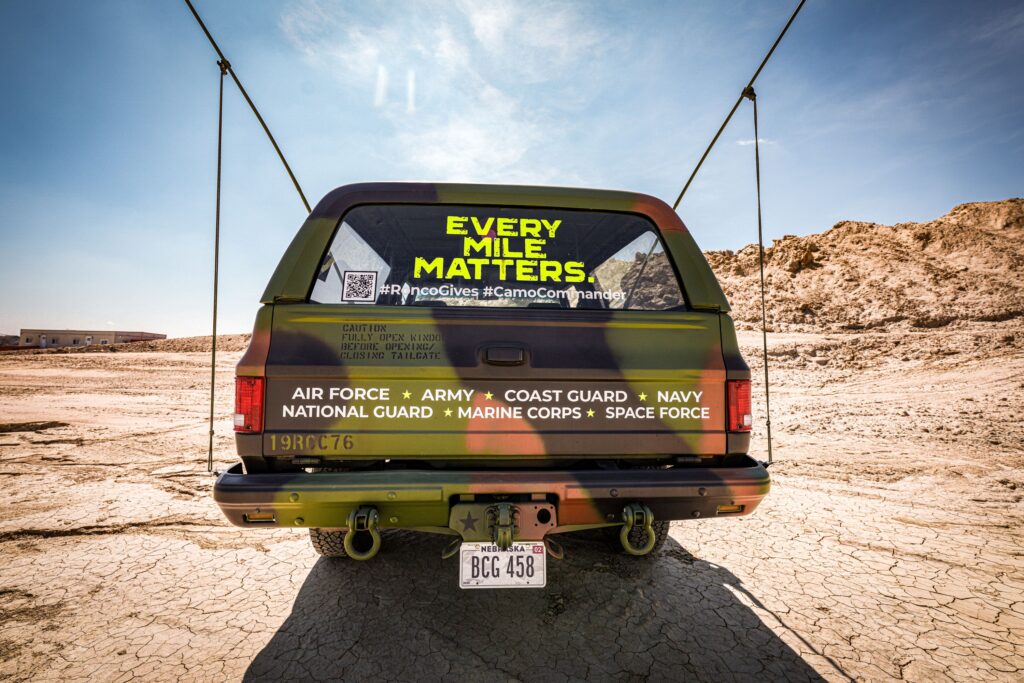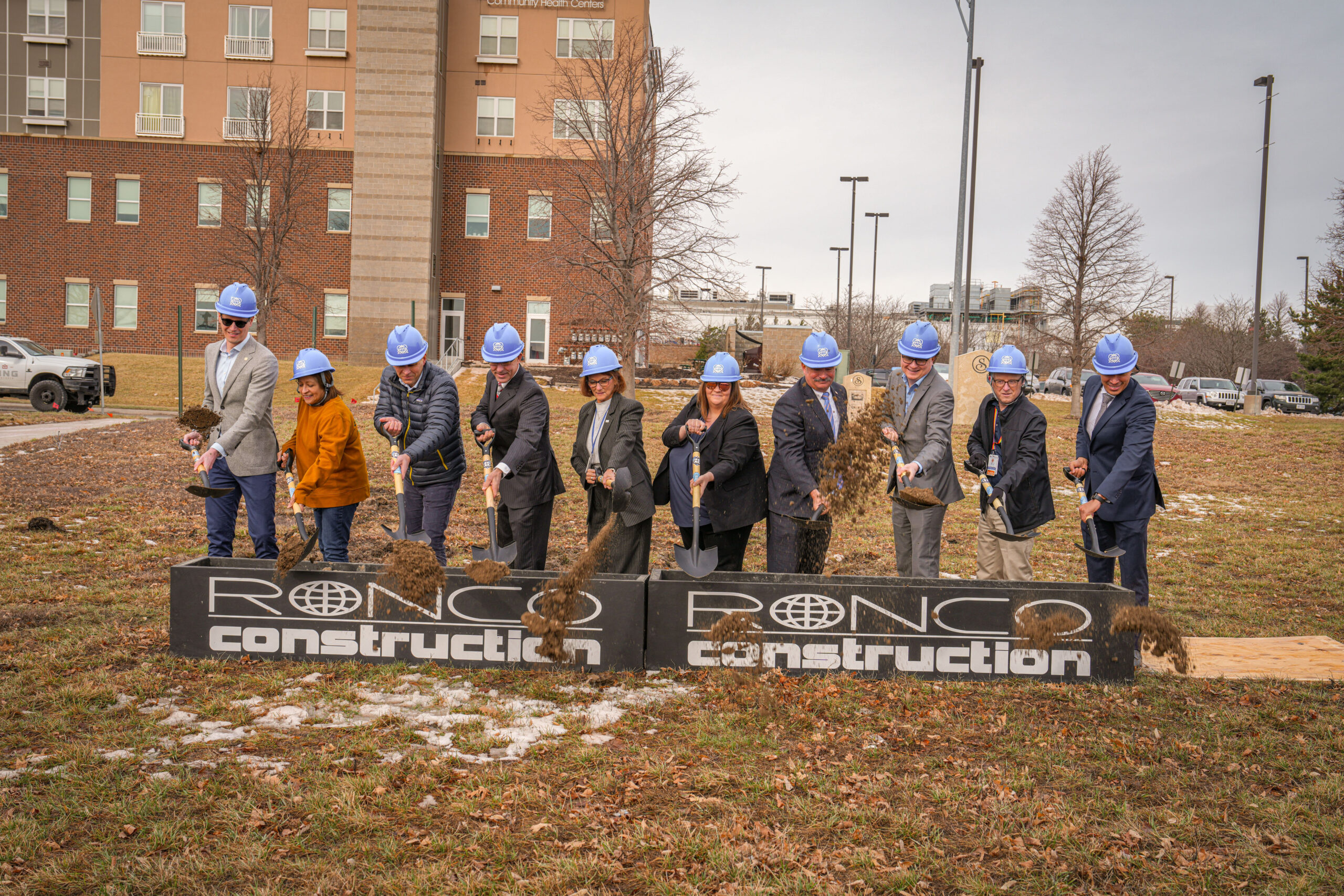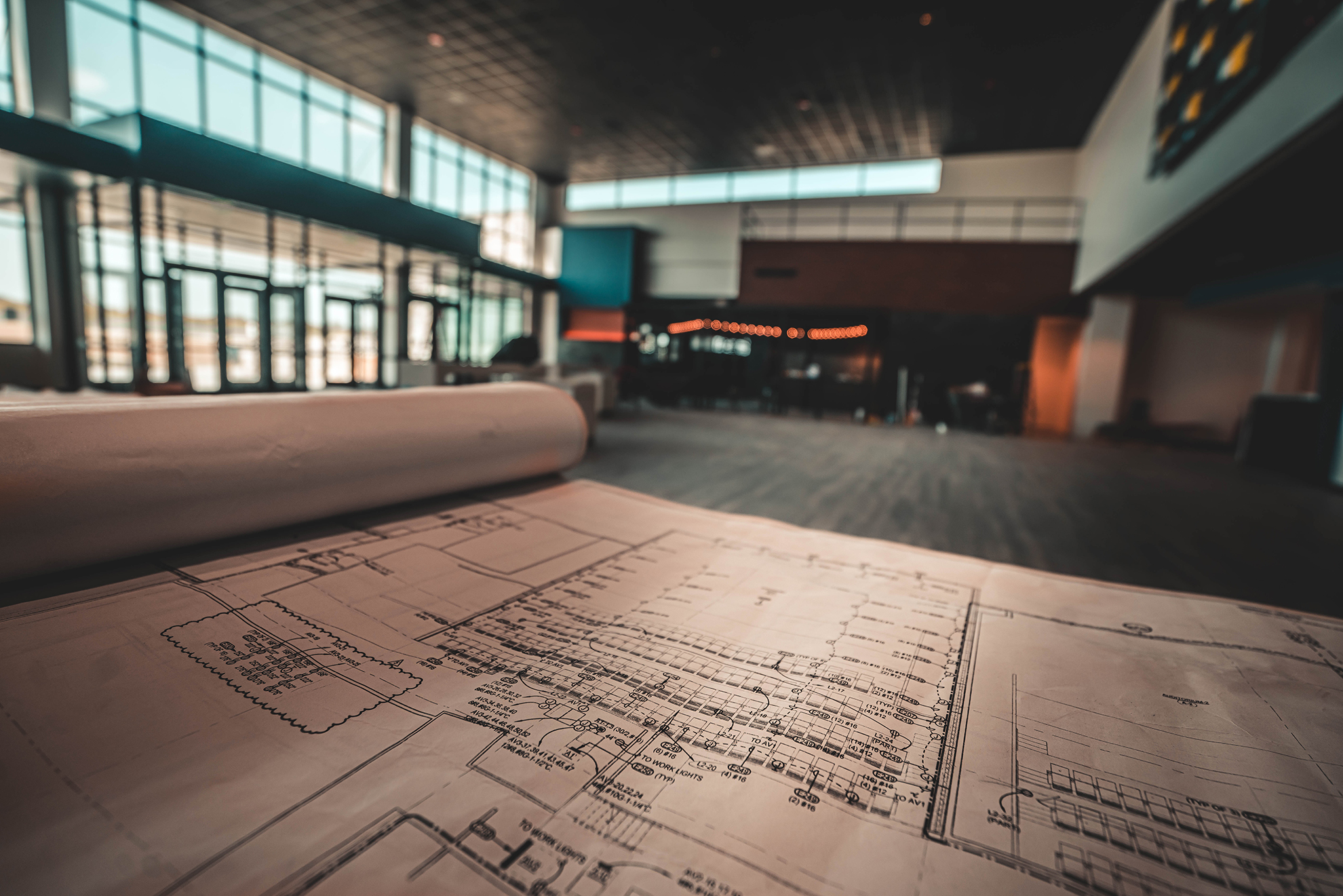It’s Construction Safety Week, but we build on safety every day, every week.
At Ronco Construction, safety isn’t just a program — it’s our culture. It’s how we plan, how we build, and how we take care of each other.
As we recognize Construction Safety Week 2025, we’re proud to stand behind this year’s theme: All In Together: Plan. Own. Commit. Its message reflects the way we approach our work — by planning with intention, taking individual responsibility, and committing to excellence that protects our people and our projects.
Safety IS the Plan
Behind every successful project is a solid plan — and at Ronco, safety leads the way. We begin every project with a thoughtful, intentional review that considers every aspect of the job. Before a shovel ever hits the ground, our operations teams have dotted the I’s and crossed the T’s on everything from onsite signage and emergency action plans to site logistics and staff training. We design every touchpoint to reduce risk and keep crews focused and prepared.
We believe high-performance teams don’t just happen. It starts by hiring the best — people with heart and hustle who commit to the way we work. And then it’s strong planning, shared goals and a deep care for people.
“At the root of it, all of us care about people,” explains Mike Langford, Ronco’s Chief Operating Officer and Safety Director. “If you care about people, you want them to go home to their family and friends every single day.”
That care drives our approach. Safety isn’t a side objective — it’s a direct investment in physical health, mental wellbeing, and jobsite performance.
“We have a unique opportunity in safety to impact people’s lives and improve them — not just monetarily, but day to day,” Langford adds.
Everyone Plays a Part
At Ronco, we empower every team member to take ownership in their role of keeping our sites safe. Safety isn’t just us checking boxes, we commit to it. And that accountability starts on day one.
“From the first day of onboarding, our first four hours is dedicated 100% to sharing our culture and safety program regardless of their role in the company. Everyone gets the same introduction, so they see how important it is and how it’s engrained in our culture,” Langford said.
We don’t believe in top-down directives. Leadership presence is essential, but real safety culture is built peer to peer— by employees who hold one another accountable, speak up, and stay engaged on the job.
“Our culture empowers everyone to see something, say something — not wait,” Langford explains. “It’s safety by influence, not just instruction.”
What Safety Means at Ronco
Safety is the standard. It’s not just what we do — it’s who we are. Because when our people are safe, our projects succeed. Our partners thrive. And our clients get the quality and care they expect. We build with intention, because we know what’s on the line. And that commitment to safety? It’s not just for Safety Week.
We’re all in. All day. All year. And we build better because of it.
